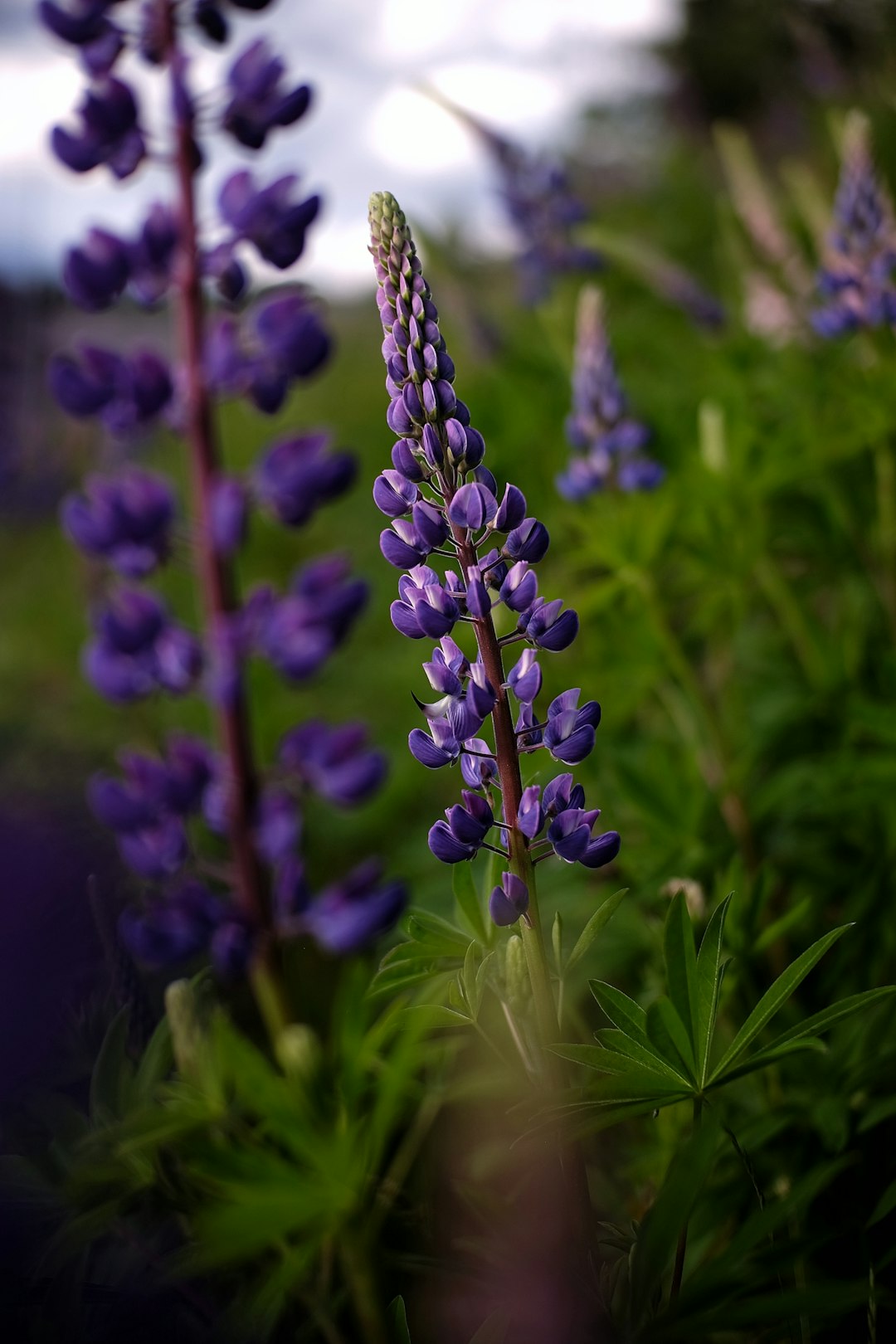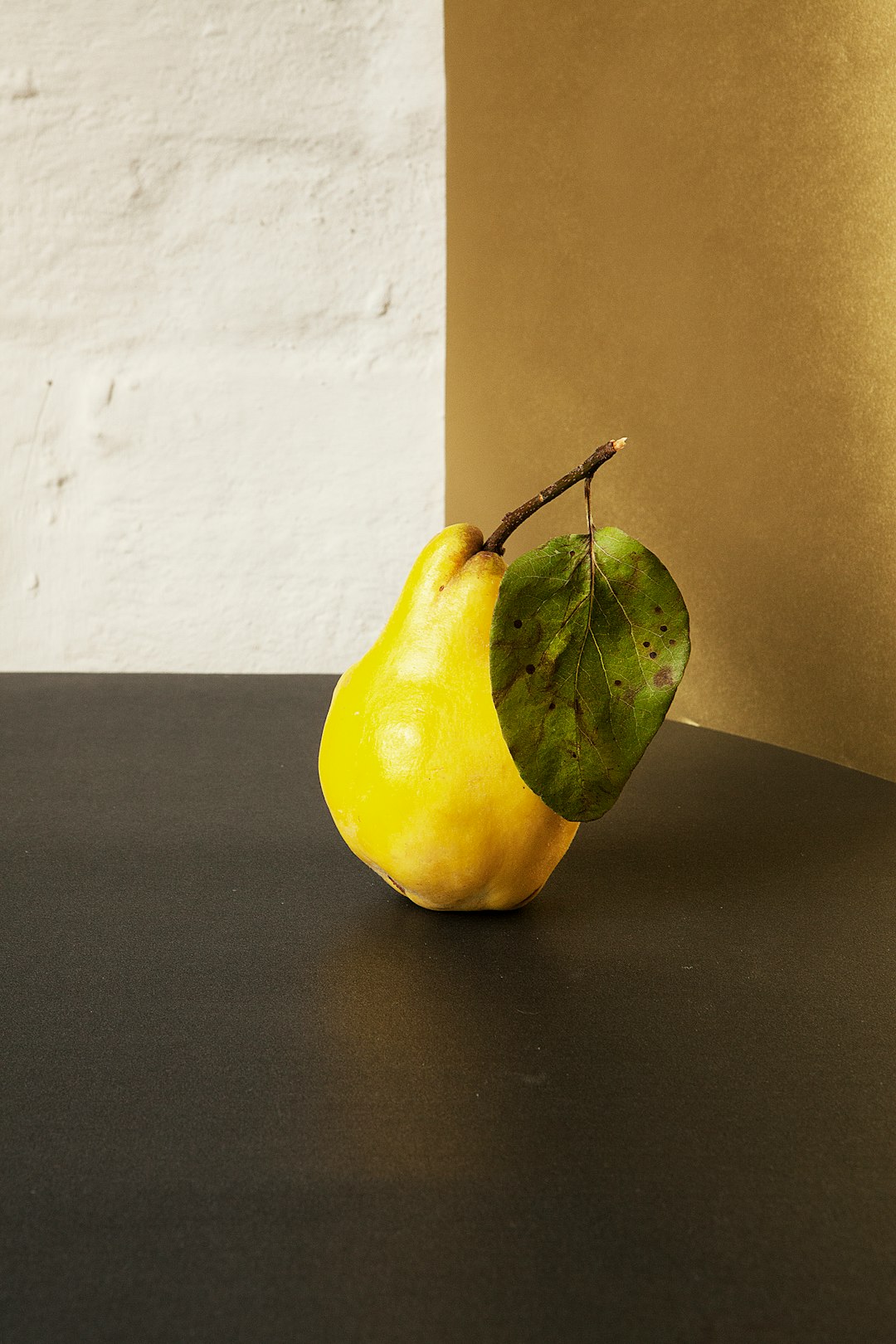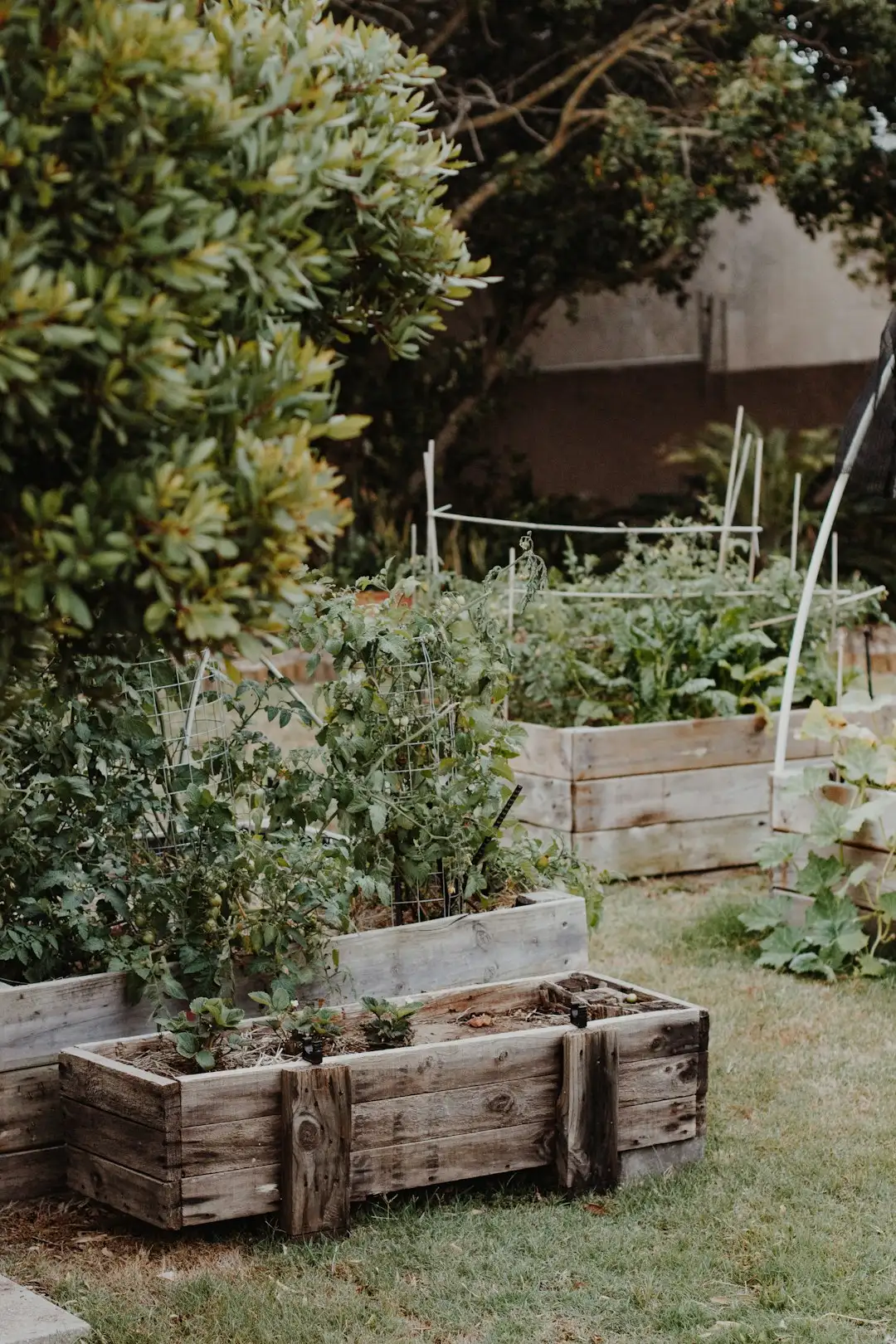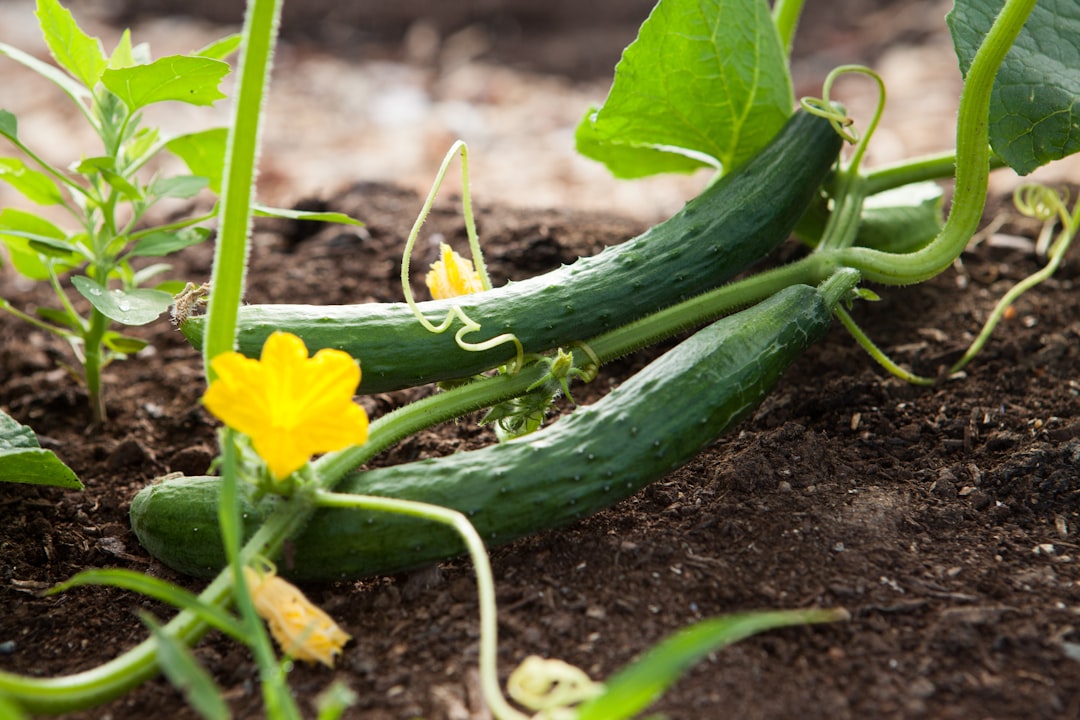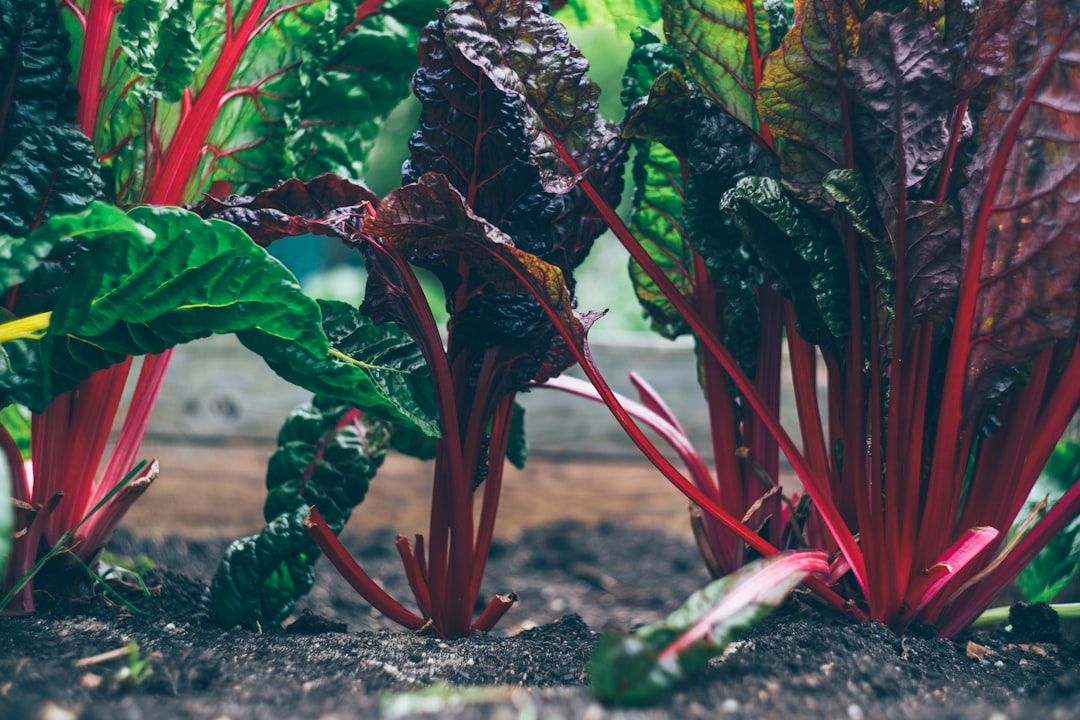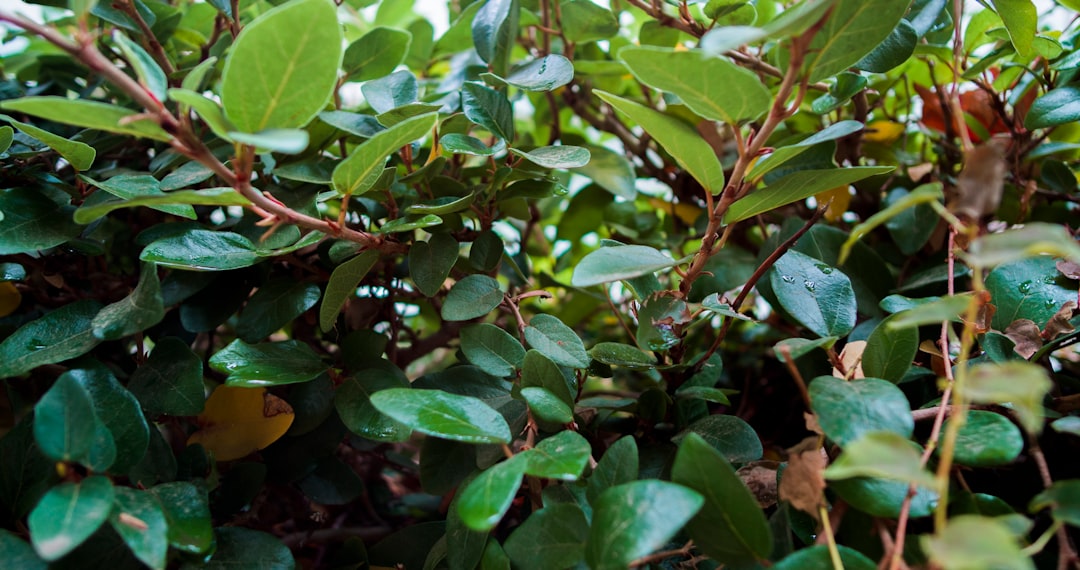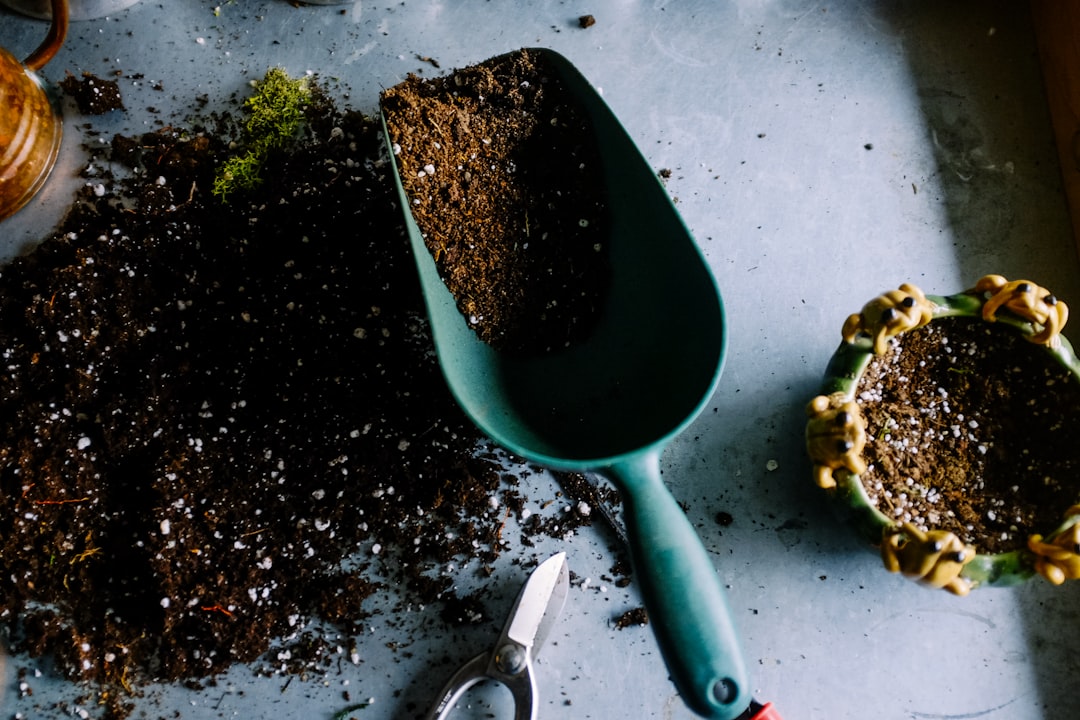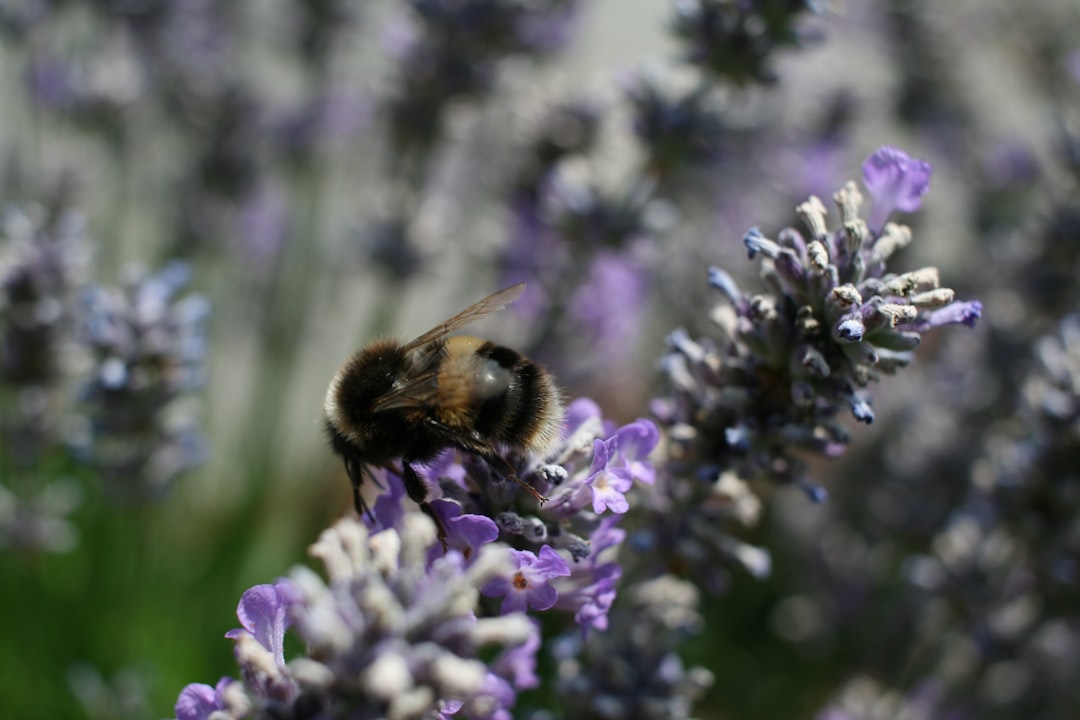
Edible gardening is a rewarding hobby that allows you to grow your own fresh produce right in your backyard. One of the most delightful fruits to cultivate is the muscadine grape. These grapes are not only delicious but also offer a range of uses, from fresh eating to making preserves and wine. In this guide, we'll explore how to plant and grow muscadine grapes to ensure a bountiful harvest.
Choosing the Right Variety
There are several varieties of muscadine grapes available, each with its own unique flavor and characteristics. Some popular varieties include Scuppernong, which is known for its sweet, golden - colored fruit, and Carlos, which is often used for wine - making. When selecting a variety, consider your climate, soil conditions, and intended use for the grapes. For example, if you live in a cooler climate, choose a variety that is more cold - hardy.
Preparing the Soil
Muscadine grapes thrive in well - drained soil with a pH between 5.5 and 6.5. Start by testing your soil to determine its pH level. If the soil is too acidic, you can add lime to raise the pH. If it's too alkaline, sulfur can be added to lower it. Incorporate plenty of organic matter, such as compost or aged manure, into the soil to improve its structure and fertility. This will provide the grapes with the nutrients they need to grow strong and healthy.
Planting Muscadine Grapes
Choose a sunny location for your muscadine grapevines, as they require at least 6 - 8 hours of direct sunlight per day. Dig a hole that is twice as wide and just as deep as the root ball of the grapevine. Place the vine in the hole, making sure the graft union (if present) is above the soil level. Backfill the hole with soil, gently firming it around the roots. Water the newly planted vine thoroughly to settle the soil.
Training and Pruning
Proper training and pruning are essential for the health and productivity of muscadine grapevines. When the vine is young, select a single main stem and train it up a trellis or support structure. As the vine grows, remove any side shoots or suckers that develop below the main stem. This will help the vine focus its energy on vertical growth. Once the vine reaches the top of the trellis, it can be trained to grow horizontally. Pruning should be done in late winter or early spring before new growth begins. Remove any dead, damaged, or diseased wood, as well as any weak or overcrowded branches. This will improve air circulation and sunlight penetration, reducing the risk of diseases.
Watering and Fertilizing
Muscadine grapes need regular watering, especially during the growing season. Provide about 1 - 2 inches of water per week, either through rainfall or irrigation. However, be careful not to over - water, as muscadines are susceptible to root rot. Fertilize the grapevines in early spring with a balanced fertilizer, such as a 10 - 10 - 10 formula. Follow the manufacturer's instructions for application rates. You can also apply a layer of mulch around the base of the vines to help retain moisture and suppress weeds.
Pest and Disease Management
Like all plants, muscadine grapes are prone to certain pests and diseases. Common pests include grapevine beetles, aphids, and Japanese beetles. You can control these pests by using insecticidal soaps or neem oil. Diseases such as powdery mildew, downy mildew, and black rot can also affect muscadine grapes. To prevent these diseases, ensure good air circulation around the vines, avoid overhead watering, and apply fungicides as needed. Regularly inspect your vines for signs of pests or diseases and take prompt action if any are detected.
Harvesting Muscadine Grapes
Muscadine grapes typically ripen in late summer to early fall. The grapes are ready to harvest when they are fully colored and easily detach from the stem. You can test the ripeness by gently squeezing a grape. If it is soft and juicy, it is ready to be picked. Use pruning shears to cut the grape clusters from the vine. Once harvested, muscadine grapes can be enjoyed fresh, used to make jams, jellies, and preserves, or fermented into wine.
In conclusion, growing muscadine grapes is a wonderful way to add a touch of sweetness to your edible garden. With the right care and attention, you can enjoy a delicious harvest of these versatile fruits year after year. So, roll up your sleeves, get your hands dirty, and start growing your own muscadine grapes today!
New































